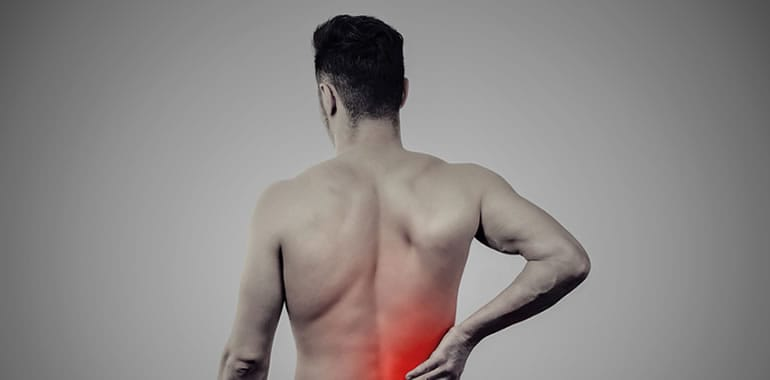Back pain affects millions of people worldwide and manifests in various forms with distinct characteristics. Understanding these classifications helps individuals recognize their symptoms and seek appropriate treatment. Here is more information on the three primary categories of pain, including acute, chronic, and specific versus nonspecific pain:
Exploring Acute Back Pain
Acute back pain develops suddenly and typically lasts less than six weeks. This type of pain often results from specific incidents such as lifting heavy objects, sudden movements, or minor injuries. The pain intensity can range from mild discomfort to severe, debilitating episodes that limit daily activities. The affected area may experience muscle spasms, stiffness, and reduced range of motion. Common causes include muscle strains, ligament sprains, and minor disc problems.
During acute episodes, movement may become restricted, and certain positions may worsen the discomfort. The pain typically follows a predictable pattern, with gradual improvement over time. Physical activity, while potentially uncomfortable initially, often helps speed recovery by maintaining muscle function and preventing stiffness.
Treatment approaches for acute pain focus on pain management and maintaining mobility. Rest periods should be brief, as prolonged inactivity can delay healing. Over-the-counter pain medications may provide relief, while heat and cold therapy can address inflammation and muscle tension.
Understanding Chronic Back Pain
Chronic back pain persists for twelve weeks or longer, extending well beyond the normal healing timeframe. This condition affects daily functioning and may fluctuate in intensity over time. Unlike acute pain, chronic back pain often develops gradually and may not have an obvious triggering event.
The persistent nature of chronic pain can lead to physical deconditioning, where muscles weaken and flexibility decreases due to reduced activity levels. This creates a cycle where pain leads to inactivity, which then contributes to further pain and disability. Multiple factors contribute to chronic pain development. These include previous back injuries, poor posture, repetitive stress, psychological factors, and underlying medical conditions.
Management of chronic pain requires a comprehensive approach that addresses both physical and psychological aspects. Treatment plans may include physical therapy, exercise programs, pain management techniques, and lifestyle modifications. The goal shifts from complete pain elimination to functional improvement and pain management.
Distinguishing Specific and Nonspecific Pain
Back pain classification also distinguishes between specific and nonspecific types based on identifiable underlying causes. Specific pain has an identifiable structural or pathological cause. This might include herniated discs, spinal stenosis, fractures, infections, or tumors. These conditions can be diagnosed through medical imaging, physical examination, and laboratory tests.
Red flag symptoms accompany some forms of specific pain and require immediate medical attention. These warning signs include severe pain following trauma, progressive neurological deficits, bowel or bladder dysfunction, fever, and unexplained weight loss. Such symptoms may indicate serious underlying conditions requiring urgent treatment.
Nonspecific or mechanical pain, which accounts for approximately 90% of all back pain cases, has no identifiable structural cause. Medical imaging and tests typically show normal or minor age-related changes that do not explain the pain severity. This type of pain often relates to muscle tension, minor joint dysfunction, or complex interactions between physical and psychological factors.
Find a Regenerative Medicine Clinic
Understanding these pain types helps individuals make informed decisions about their care and recovery. Acute pain typically resolves with time and appropriate self-care measures, while chronic pain benefits from comprehensive, multidisciplinary treatment approaches. The distinction between specific and nonspecific pain guides diagnostic procedures and treatment selection. Early recognition of warning signs allows for prompt medical evaluation when necessary, while most pain episodes can be managed effectively with conservative approaches.

